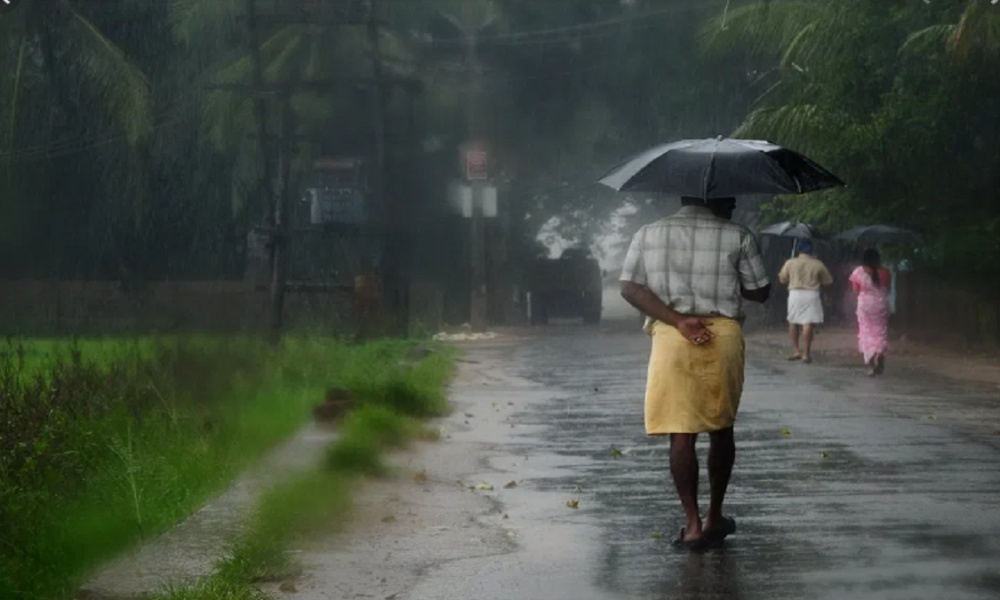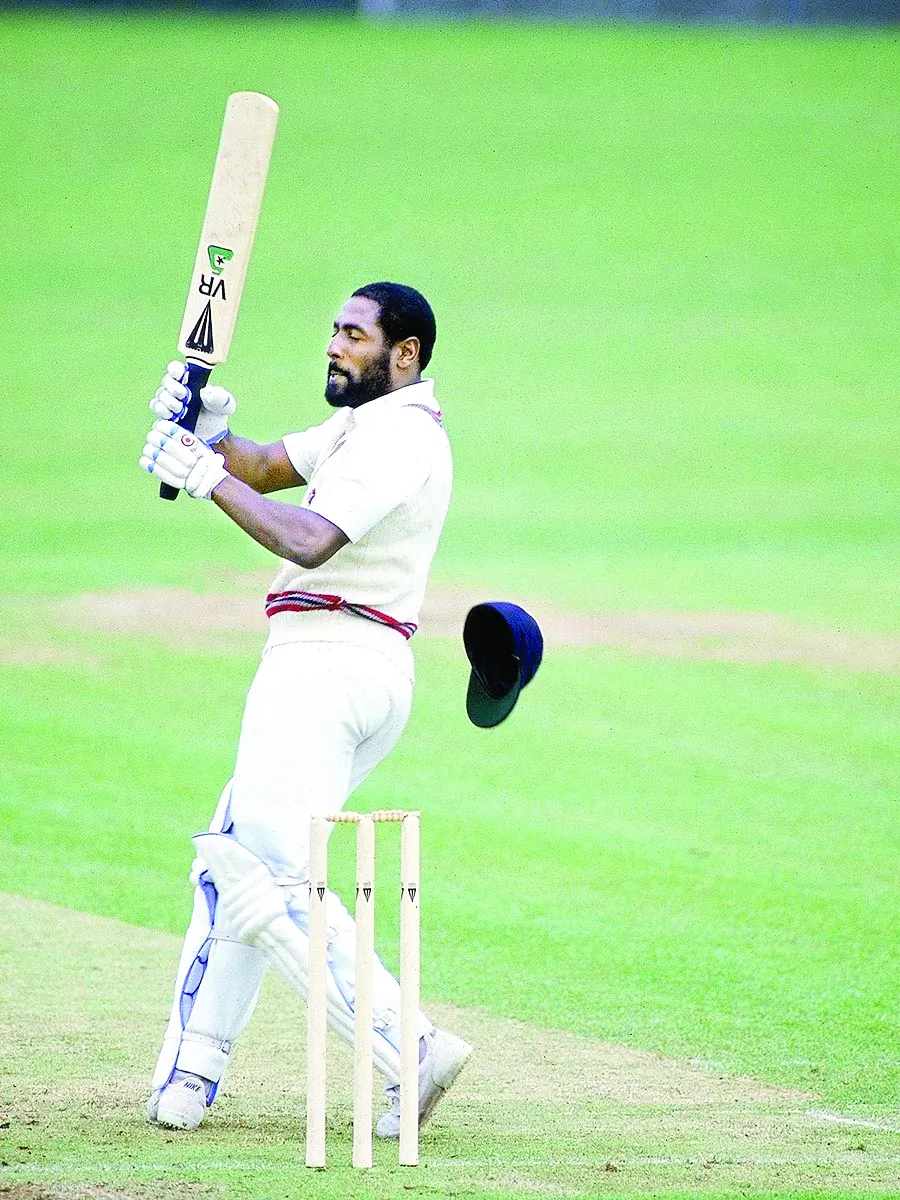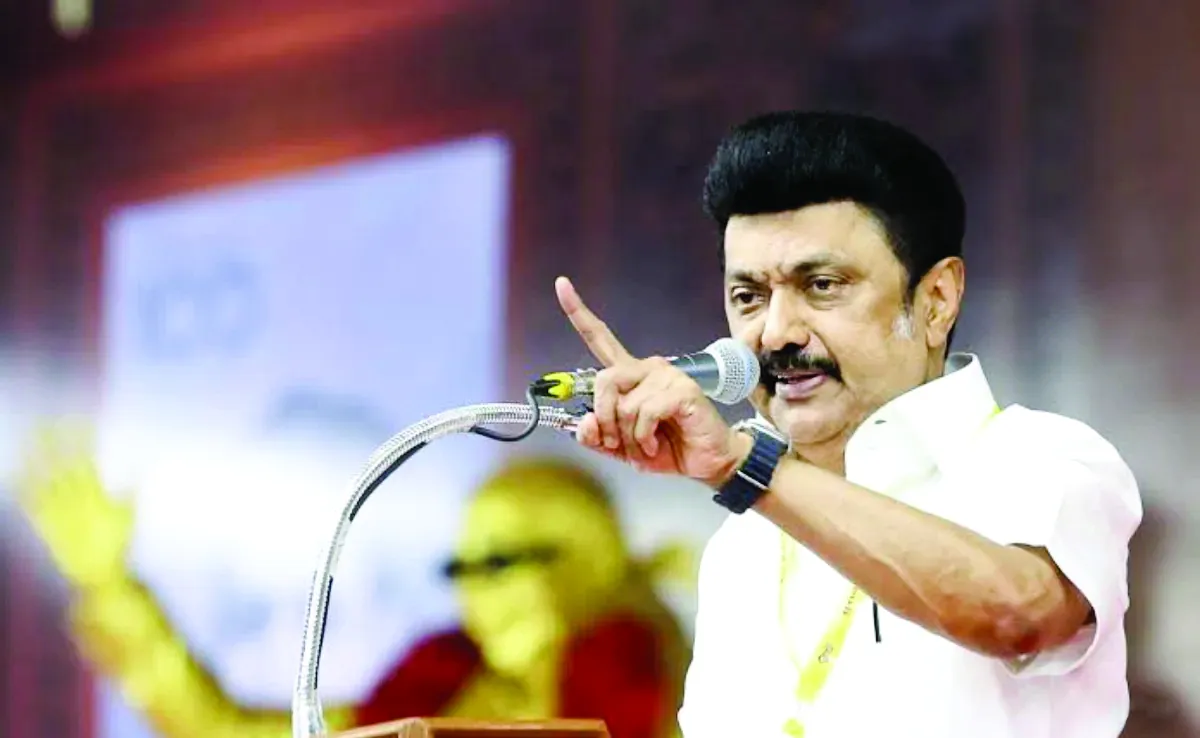The first round of monsoon showers in Delhi and the NCR have indicated that the civic authorities and the administration have done little towards the annual problems that accompany the rains. Reports of waterlogging poured in from various parts and despite the volume of traffic being far less than usual due to the Covid-19 impact, there were traffic jams and other related problems. It is indeed a matter of shame that the bureaucracy and the babus do not learn, and year after year allow the same set of issues overtake our lives.
The storm water drains have not been cleaned and neither have various exit points of water been unclogged. Past experience of many years is that even in the pampered Lutyens’ zone, water accumulation occurs at important roundabouts and the cash-rich NDMC is unable to find methods of sorting things out. If this is what happens in the New Delhi area, one can imagine what must be the reality in other parts. Fortunately, traffic snarls have not occurred and motorists have not had to relive the horrors of being on the road for several hours before reaching their destinations.
The lack of planning is evident from the fact that roads in many areas have been dug up to either lay sewer pipes or for installing underground cables. This could have been done during other months but somehow the timing turns out to be always incorrect. For instance, on the busy Vikas Marg, there is a big patch on one carriage-way beyond Luxmi Nagar that is like an open drain. Last year, similar situation was seen in Bijwasan on the vital transit point that goes towards the Dwarka link road. In fact, the government must impose a hefty fine on engineers or those responsible for such callous acts that cause needless public inconvenience.
The monsoons also invariably bring in disease. The outbreak of cholera and gastro enteritis is very common due to the unhygienic conditions and is invariably followed by cases of malaria and dengue, as also chikungunya. The plan to counter these maladies is always ready on the paper since it had many years ago resulted in the sacking of key functionaries of the Delhi government and its allied agencies. In July 1988, there was a sudden spurt in cases of cholera and since this would give the authorities a bad name, an attempt by some bureaucrats was made to dismiss them as cases of gastro enteritis given that the symptoms are very similar. There was tension that mounted and the political leadership and the babus clashed. However, finding an opportunity, the politicos cornered the bureaucrats by organising a surprise visit of then Prime Minister Rajiv Gandhi to certain select trans-Yamuna areas. The consequence was that then Lt Governor H.K.L. Kapur and Chief Secretary K.K. Mathur were amongst those who were sacked. The bureaucrats have since then ensured that their preparedness is documented on files. However, this is not what it is on ground.























